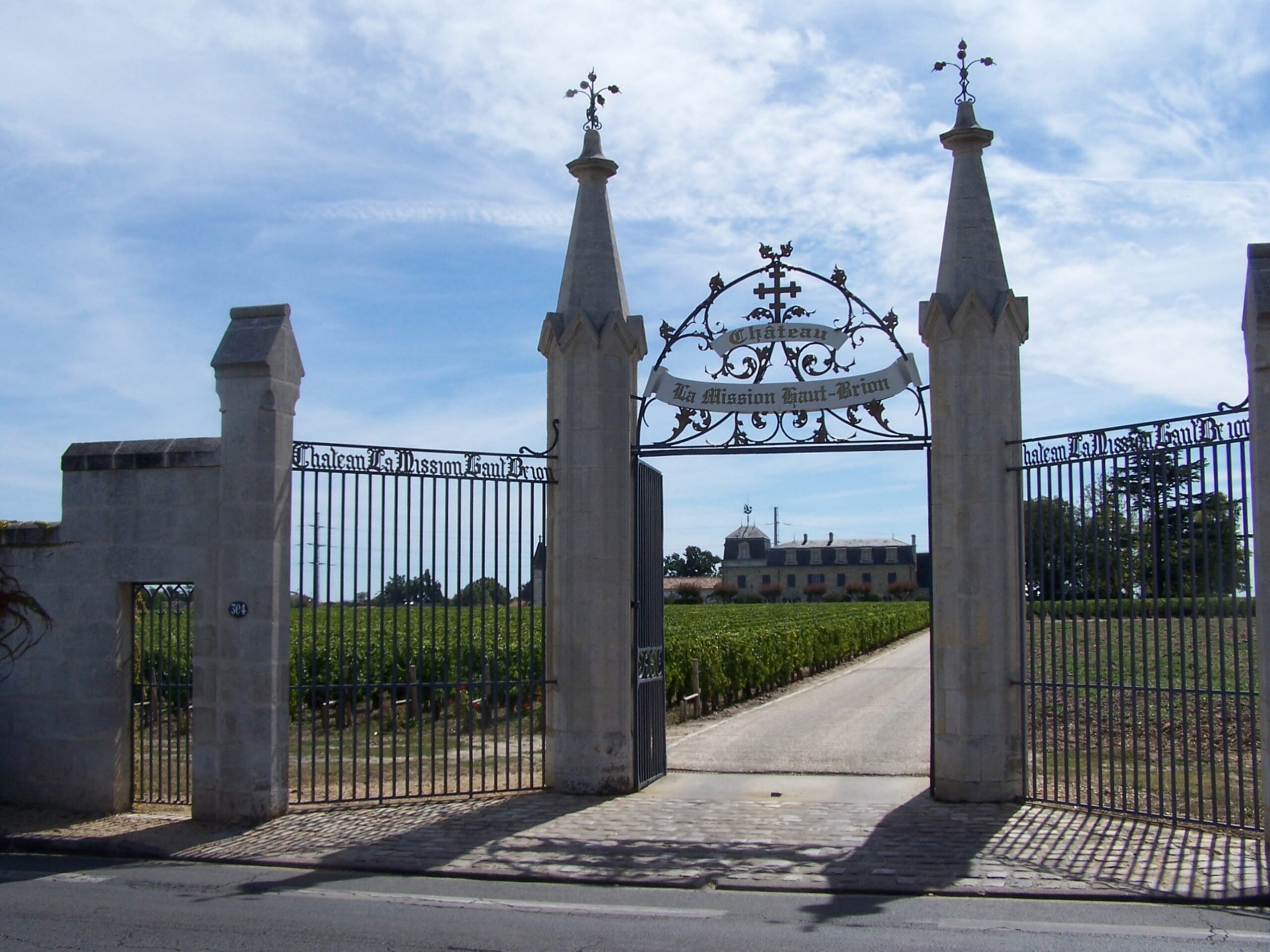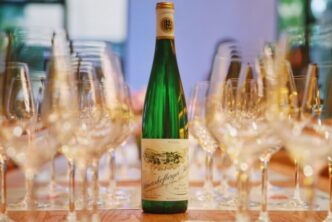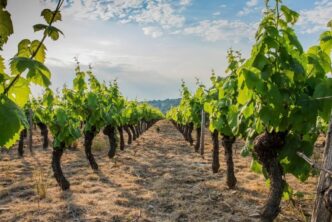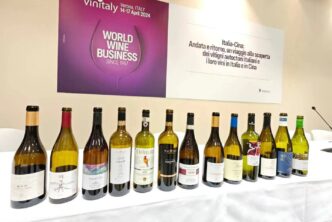
Everyone I know who has made wine a career or an avocation can point to that one wine which converted them from mere interest to passionate commitment to wine. There is a reason why there is a god of wine in Pagan religions. Call him Dionysus or Bacchus. On the way to that elevated state of pleasure and camaraderie—no one drinks good wine alone! —are the olfactory and gustatory delights which fine wine gives rise to. In some cases, the sensory experience of a wine is so intense that the entire circumstances during which the wine was tasted is fixed in memory for a lifetime. This transformation from the transitory—aromas and tastes are inherently fleeting—into the permanent is one of the magical properties of great wine. I am sure that everyone reading this can recall some of those remarkable moments when the experience of great wine became fixed in their mind and heart forever. In my case, the first time this occurred was now many years ago when I drank a bottle of 1953 La Mission Haut-Brion with good friends in Philadelphia. I had tasted some very good wines before—but nothing close to the ’53 La Mission.
Henri Woltner and his brother, then the owners of the estate, had transformed the small property in Pessac-Léognan from a very good to an extraordinary address, starting in the late 1920s. But it was after World War II ended that the Château rose to new heights. The rivalry between La Mission and its larger, more famous neighbor Haut-Brion went all in until 1983 when the owners of La Mission sold the property to Haut-Brion. The rivalry ended. I am among many who relished those years of competition. Frankly, La Mission Haut-Brion was quite possibly the best made wine in Bordeaux during that period, rivaled only by Chateau Latour in meticulous attention to both vineyard management and wine making skill. In fact, La Mission was the first property to install and use a temperature-controlled fermenting vat way back in 1949! Latour was second, but not until 1962.
I was well aware of the Chateau’s reputation before I got hold of the bottle. The 1953 vintage turned out to produce some of the most aromatically beautiful wines in the history of Bordeaux—especially the Médoc and Graves regions. Edmund Penning-Rowsell in his iconic The Wines of Bordeaux describes the 1953 La Mission with typical British reserve as “excellently balanced, soft wines with a natural sweetness that made them most attractive.” He goes on to single out Lafite, Margaux, Mouton and La Mission Haut-Brion for special praise. I had read the first edition of the book before purchasing the 53’ La Mission. It was 3-4 years later that I was finally able to experience the aromatic gorgeousness of the Lafite and the Margaux. Almost everyone who has had the opportunity to drink the 1953 La Mission has remarked on their matchless beauty and elegance. They may have lacked the richness of the 1959 La Mission, the power of the 1945’s wine and the intense concentration of the 1961 vintage, but they surpassed those justly famous vintages in sheer sensual beauty. It was the Bordeaux vintage that Burgundy lovers could appreciate.

Back to the evening when we tasted the ’53 La Mission. My friends Diane and Michael Field had prepared what turned out to be perfect foil for the wine: Provençal roast leg of lamb. I decanted the wine an hour before the lamb was ready to be served. I vividly recall being stunned by the aroma rising from the decanter. It was clear that we were in for something special. I poured three glasses for us while the lamb was resting before carving. The bouquet was so penetrating in sweetness and earthiness that it seemed as if the wine had just emerged straight from the terroir at La Mission. About twenty years old when we imbibed the wine, the La Mission betrayed not a hint of aging. The palate was entirely consistent with the bouquet. To the sweetness and perfume of the nose there was added that intensely earthy, tobacco-infused flavor for which the wine is justly famous, not to mention an array of truffles, assorted field mushrooms, and iron filings all giving way to a nobly chewy texture and echoing finish. We took 2 hours to drink the wine to its last sips. So, twenty years in the bottle… and gone in 120 minutes! Such is the fate of great wine. The redemption for this disparity in time is the long-fixed memory of the occasions in which we taste such wines. Perhaps a brain scientist can explain why we can recall such experiences as is they happened almost as if it was yesterday. Explanations or not, the fact is that great wines do much more for us than provide exceptional sensory experiences, tactile, olfactory and savory. They connect those private experiences to the friendships which they make possible and which are an essential element in what makes them so memorable.
How does anyone score such a wine? As a total experience this was 100+ points! In a blind tasting—which in so many ways would reduce the significance of wine to mere sensations—the wine would have been recognized for its sumptuous beauty on its own. The 1959 and 1961 La Missions which I have had the privilege to drink twice may have had more richness and body than the more elegant, perfumed 1953. But for sheer hedonistic pleasure (as Robert Parker might have said about the wine) the ’53 La Mission Haut-Brion remains one of the top ten wines I have ever tasted. It is the wine that made me fall in love with wine.

 English
English



